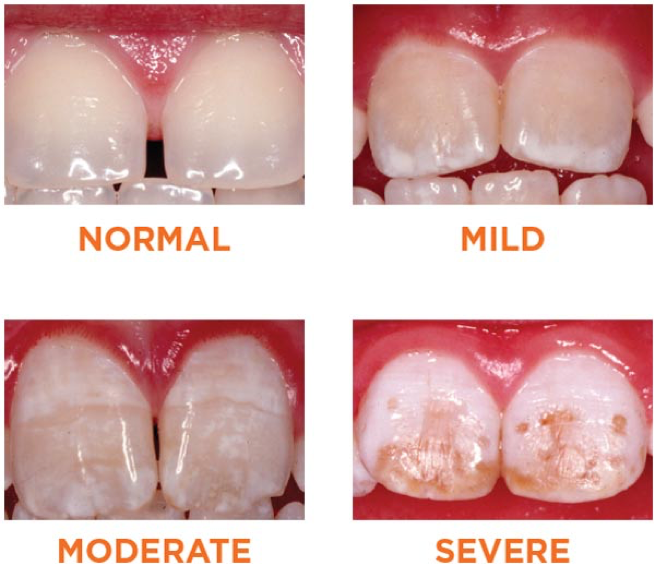Cavities During the Early Childhood Development Stages
Children’s Cavities
Cavities are one of the most common dental problems in children. According to the CDC, more than half of children aged 6-8 have had at least one cavity in their baby teeth.
Importance of mouth development and childhood
Establishing good dental hygiene during childhood helps with setting good habits as children get older. Having healthy teeth can lead to improved speech, dental disease prevention, and help with healthy adult teeth.

Causes of Cavities in Children
Cavities in children can be caused by a variety of factors:
● Bacteria
● Acid
● Saliva
● Food with sugars and starches
Common foods that cause cavities are candy, soda, juice, and other items that become acidic in your child’s mouth. When you eat these types of food, the bacteria in your mouth creates acid, which can harm the enamel on your teeth.
Enamel is the hard layer on the outside of your teeth that protects the inner tooth. If it is harmed, it does not regrow or fix itself, which is why it is important to take care of your teeth.
Does Halloween Candy Cause Cavities?
Eating lots of candy without brushing your teeth immediately after can cause cavities, but it has the same amount of risk as other foods that have sugar or starch in them. The candy itself does not cause cavities, but the mouth bacteria will if not brushed away.
How to identify if your child has a cavity
Cavities left untreated can be painful and can lead to tooth decay and infection, which can only be fixed through extensive procedures or tooth removal.
Common symptoms of cavities include:
● Pain when biting down
● White spots
● Tooth sensitivity (especially to food or drink temperature)
● Toothache
● Holes in teeth
Do you think your child has a cavity? Contact us today to schedule an appointment!


